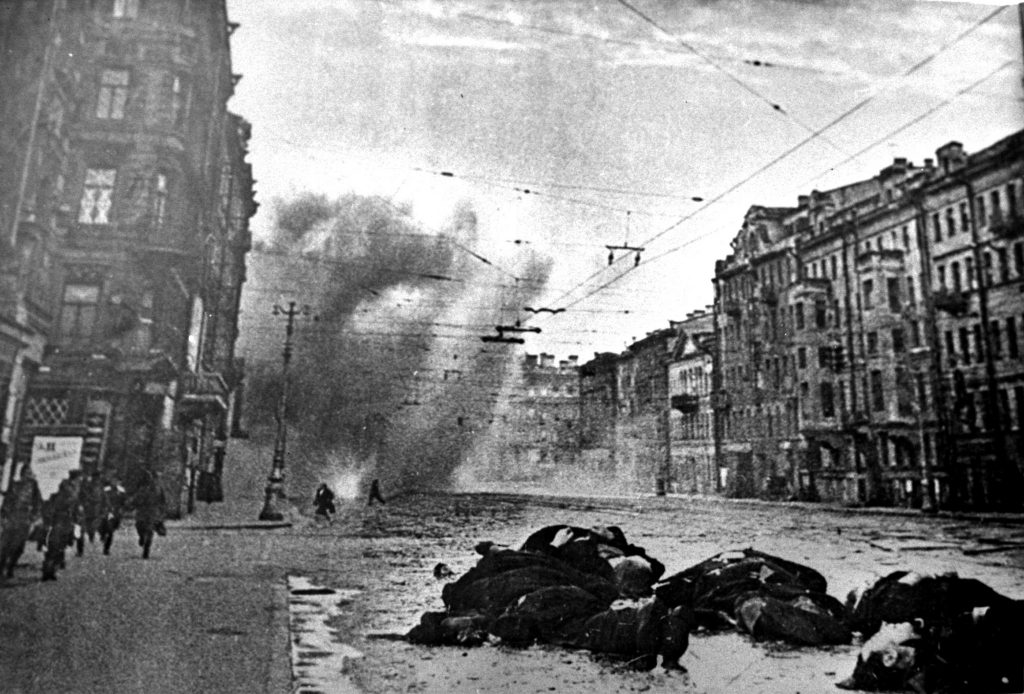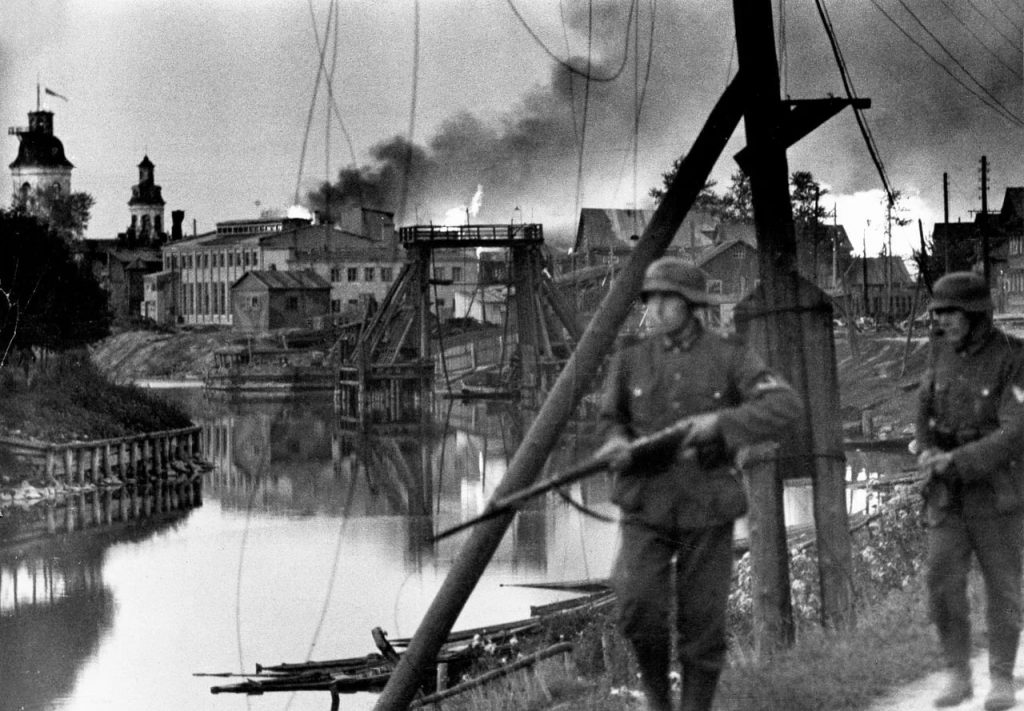
September 8, 1941- The day that forever changed the lives of millions of people in the city of Leningrad or modern day St.Petersburg. Exactly 80 years ago, the blockade of Leningrad began. One of the most mournful dates in the history of the Great Patriotic War and World War 2. On September 8, 1941, the ring of Nazi German troops and their allies around the city was closed. The blockade lasted 872 days. According to various sources, from 400 thousand to one and a half million people died.
Events in memory of the defenders of Leningrad will take place in St. Petersburg all day today. From the very morning, people have been bringing flowers to a symbolic place on Nevsky Prospekt, to the house where the sign “Citizens! This side of the street is the most dangerous during shelling. ” The laying of flowers and wreaths will also take place at the Piskarevskoye cemetery, where hundreds of thousands of blockade victims are buried. A citywide minute of silence will be announced at noon.
Of course, flowers and words of gratitude today for the residents of besieged Leningrad, who are still with us. Each veteran’s story is perceived as a personal tragedy, and listening to their stories about those terrible days is very difficult. Nadezhda Vasilievna Strogonova, who is 100 years old, worked at a school during the war and saved children from bombing.
Nadezhda Strogonova, a resident of besieged Leningrad: “In the eyes of all of us, it remains for life when we remember these children’s corpses, it’s awful.”
They seem to still live next to her in memories.
The capture of Leningrad was part of the plan of war against the USSR developed by Nazi Germany – the “Barbarossa” plan. On September 8, 1941, the fascist invaders reached Lake Ladoga, blocked the Moscow-Leningrad railway, took Shlisselburg and surrounded Leningrad from land. Automobile and railroad communications were severed.


At the time of the establishment of the blockade, there were 2 million 544 thousand inhabitants in Leningrad, including 400 thousand children. According to the calculations of the Hitlerite command, Leningrad was to be wiped off the face of the earth, and the city’s population should have died of hunger and cold. The enemy conducted fierce barbarian bombardments, making several raids and shelling a day. The purpose of such massive attacks is to create panic among the population. During the period of the blockade, 150 thousand shells were fired in the city, over 107 thousand incendiary and high-explosive bombs were dropped. The blockade of Leningrad became the bloodiest blockade in the history of mankind.
But already the first months of the blockade showed that the Leningraders would defend their city to the end, and all enemy attempts to force Leningrad to surrender in the fall of 1941 met with complete failure. The blockade ring was broken on January 18, 1943, and the blockade was completely lifted on January 27, 1944. For the massive heroism and courage shown by the defenders of besieged Leningrad, the city was awarded the highest degree of distinction – the title of Hero City.

















Pingback: T-34 Tank (76 Variant) - Soviet Medium Tank - Real History Online
Pingback: Operation Barbarossa - Real History Online